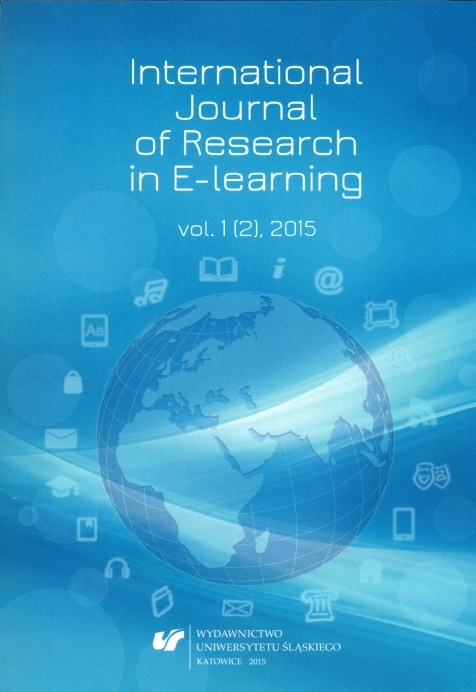

The article deals with the modern approaches to the use of information and
communication technologies in the educational process, extracurricular activities
and management at the regional level in order to enhance the creative potential of
students, teachers and administrators. The article has described the conceptual bases
of creating an information-educational environment of the region as a platform for
information and achievement exchange between educators and the administration
of the region. It specifies the technology of implementing the content and technology
component of the information-educational environment of the region and
its main functional components. We suggest the implementation model of the
effective management of educational institutions in the form of a unified system for
collecting, processing and storing valid statistical and operational information on
the activities of pre-school, comprehensive educational institutions and territorial
units of education management (in districts and cities). The article has described
the integrated tools and technologies that are designed to ensure the educational
needs of both students and teachers. We also suggest the model of a single control
center for the information-educational environment of the region that organizes
support for its exploitation and development.
Download files
Citation rules

Vol. 1 No. 2 (2015)
Published: 2015-06-13